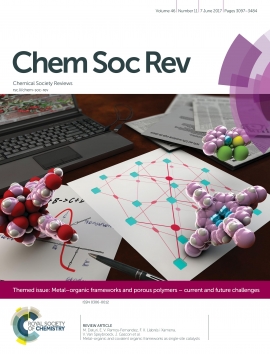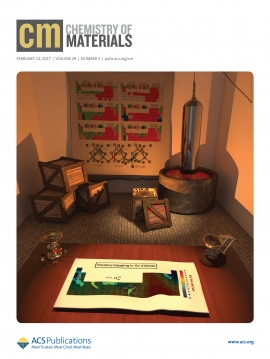Nature of active sites on UiO-66 and beneficial influence of water in the catalysis of Fischer esterification
Abstract
Zirconium terephthalate UiO-66 type metal organic frameworks (MOFs) are known to be highly active, stable and reusable catalysts for the esterification of carboxylic acids with alcohols. Moreover, when defects are present in the structure of these MOFs, coordinatively unsaturated Zr ions with Lewis acid properties are created, which increase the catalytic activity of the resulting defective solids. In the present work, molecular modeling techniques combined with new experimental data on various defective hydrated and dehydrated materials allow to unravel the nature and role of defective active sites in the Fischer esterification and the role of coordinated water molecules to provide additional Brønsted sites. Periodic models of UiO-66 and UiO-66-NH2 catalysts have been used to unravel the reaction mechanism on hydrated and dehydrated materials. Various adsorption modes of water and methanol are investigated. The proposed mechanisms are in line with experimental observations that amino groups yield a reduction in the reaction barriers, although they have a passive role in modulating the electronic structure of the material. Water has a beneficial role on the reaction cycle by providing extra Brønsted sites and by providing stabilization for various intermediates through hydrogen bonds.
 Open Access version available at UGent repository
Open Access version available at UGent repository




